The Ultimate Guide to Cross-Country Skiing in Yellowstone
Are you ready to embark on an exhilarating journey through the winter wonderland of Yellowstone National Park? Cross-country skiing offers a unique way to explore the park's pristine landscapes and witness its abundant wildlife up close. As you glide through the snowy terrain, you'll experience a sense of freedom and tranquility like never before. Get ready to discover the best trails, gear, and tips for an unforgettable cross-country skiing adventure in Yellowstone!
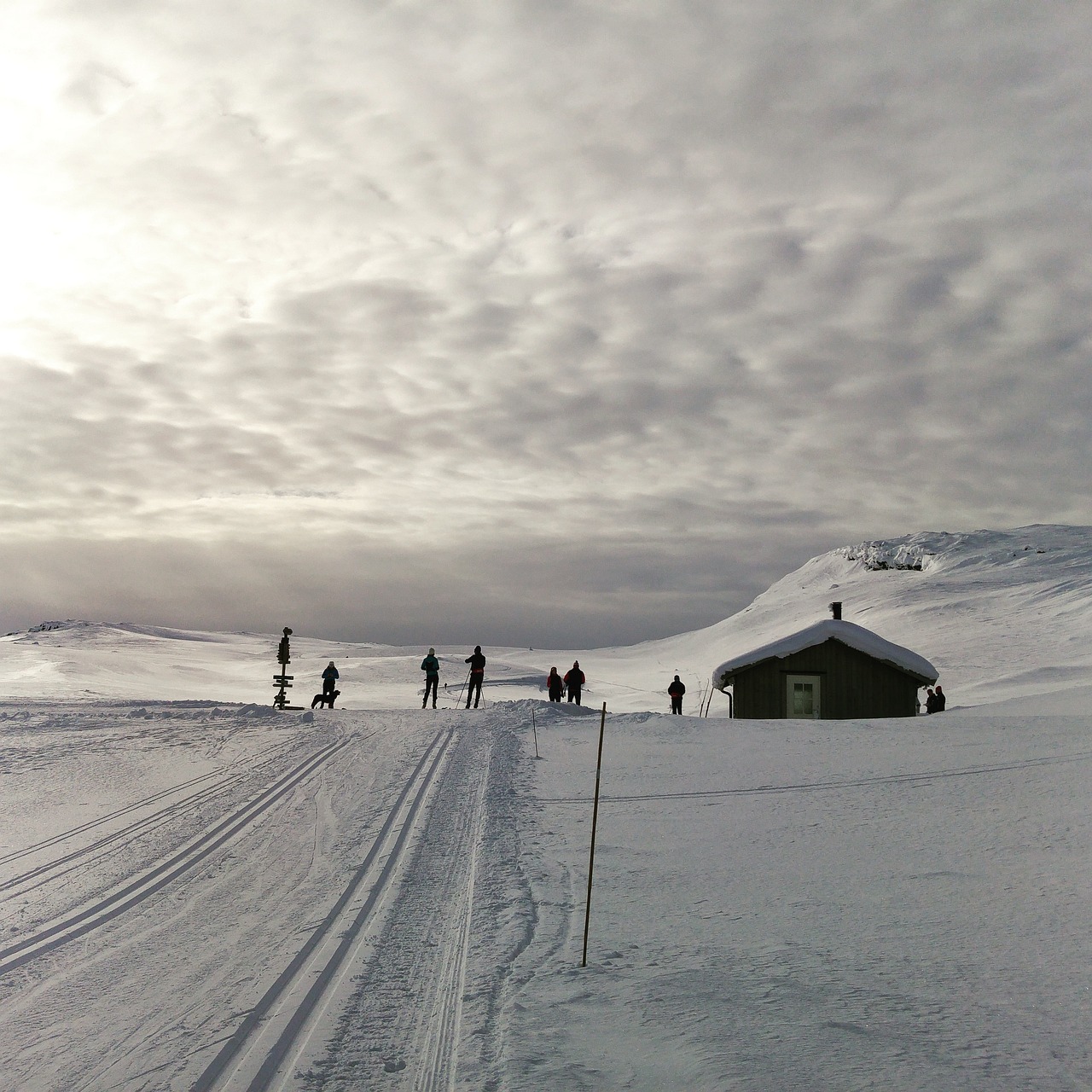
Benefits of Cross-Country Skiing
Cross-country skiing is not just a winter sport; it's a fantastic way to improve your physical and mental well-being. The benefits of cross-country skiing are numerous and appealing to individuals of all ages and fitness levels. One of the primary advantages is the excellent cardiovascular workout it provides. As you glide across the snowy terrain, your heart rate increases, enhancing your cardiovascular fitness and endurance. This low-impact exercise is gentle on the joints, making it ideal for those looking for a full-body workout without the risk of injury.
Moreover, cross-country skiing is a great way to strengthen your muscles, particularly in the legs, core, and arms. The repetitive motion of pushing and gliding engages various muscle groups, helping to improve muscle tone and overall strength. Additionally, skiing in the serene winter landscape can have a calming effect on the mind, reducing stress and promoting mental well-being. The combination of physical exertion and natural surroundings can help clear your mind and boost your mood, making it a perfect activity for relaxation and rejuvenation.
Another significant benefit of cross-country skiing is its accessibility. Unlike some winter sports that require specialized skills or expensive equipment, cross-country skiing is relatively easy to learn and can be enjoyed by beginners and experienced skiers alike. Whether you're looking for a leisurely stroll through the snow-covered woods or a challenging trek up a steep hill, cross-country skiing offers something for everyone.
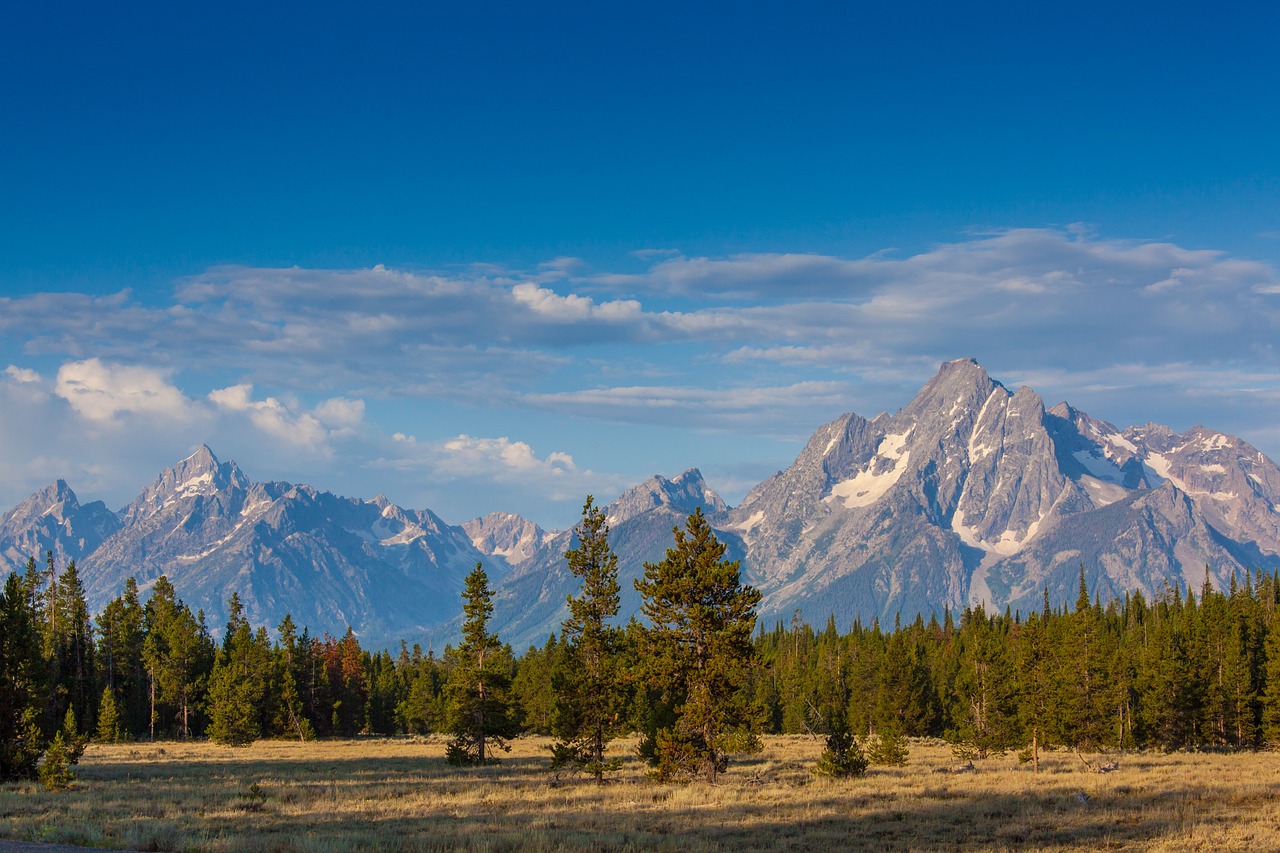
Top Cross-Country Ski Trails in Yellowstone
Yellowstone National Park is a haven for cross-country skiers, offering a variety of trails that cater to all skill levels and preferences. One of the top trails that you must explore is the Old Faithful Trail, known for its stunning views of the iconic geyser and the surrounding thermal features. As you glide through the snow-covered landscape, you'll be mesmerized by the beauty of nature unfolding around you.
For those seeking a more challenging adventure, the Biscuit Basin Loop is a must-try trail. This trail takes you through a diverse terrain of forests, meadows, and geothermal areas, providing a unique and exhilarating skiing experience. You'll encounter breathtaking scenery and perhaps even spot some of Yellowstone's wildlife along the way.
Another popular trail is the Riverside Trail, offering a serene and peaceful skiing experience along the banks of the Firehole River. This trail is perfect for those looking to connect with nature and enjoy the tranquility of Yellowstone's winter wonderland. The gentle terrain and scenic views make it a favorite among skiers of all levels.
As you explore these top cross-country ski trails in Yellowstone, you'll be immersed in the park's natural beauty and serenity. Each trail offers a unique experience, allowing you to discover the magic of winter in Yellowstone while enjoying the thrill of skiing through pristine landscapes.
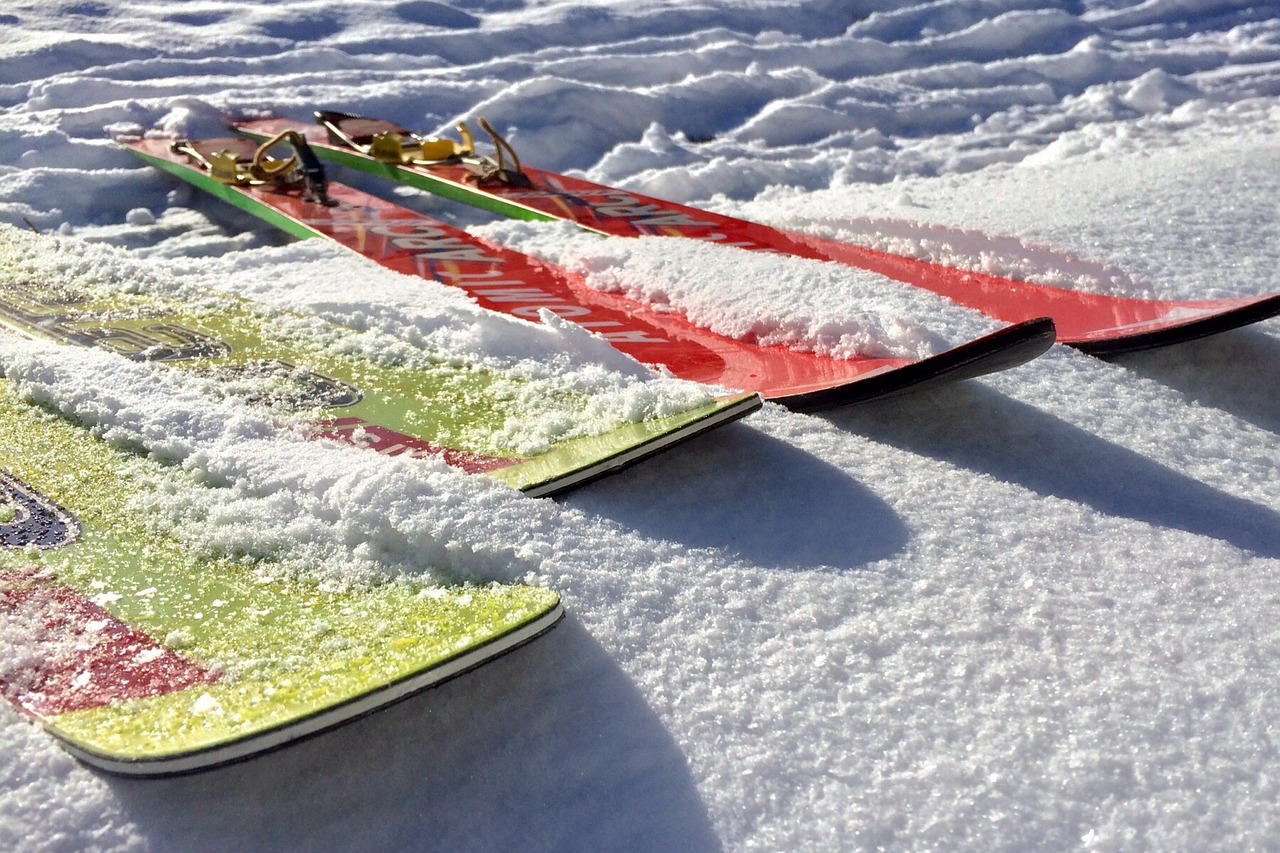
Essential Gear for Cross-Country Skiing
When it comes to cross-country skiing, having the right gear is essential for a successful and enjoyable experience on the trails. The right equipment not only enhances your performance but also keeps you comfortable and safe in varying weather conditions and terrains. Let's delve into the essential gear you need to hit the snowy trails of Yellowstone National Park.
First and foremost, a good pair of cross-country skis is crucial. These skis are longer, narrower, and lighter than downhill skis, allowing for efficient gliding and maneuverability on flat terrain. Look for skis that match your skill level and the type of skiing you plan to do, whether it's classic skiing or skate skiing.
Alongside skis, investing in quality ski poles is a must. Ski poles help you maintain balance, propel yourself forward, and navigate through various snow conditions. Adjustable poles are recommended, as they allow you to customize the length based on the terrain and your skiing style.
Comfortable and supportive ski boots are another essential piece of gear. These boots should provide a snug fit, ankle support, and insulation to keep your feet warm and dry. Opt for boots that are compatible with your bindings and offer good stability for efficient skiing.
Appropriate clothing is vital for staying warm and dry during your cross-country skiing adventure. Dress in layers to regulate your body temperature, starting with moisture-wicking base layers, insulating mid-layers, and windproof and waterproof outer layers. Don't forget to wear moisture-wicking socks and insulated gloves or mittens to protect your extremities.
Other essential gear includes a well-fitting ski helmet for safety, especially on challenging trails, and a comfortable backpack to carry essentials like water, snacks, a map, and a first aid kit. Sunglasses or goggles are also recommended to protect your eyes from glare and UV rays reflecting off the snow.
Before hitting the trails, make sure to wax your skis for optimal glide and traction. Additionally, consider carrying a repair kit for quick fixes on the go, such as spare ski tips, binding screws, and a multi-tool.
By investing in the right gear and taking care of your equipment, you can fully enjoy the beauty and excitement of cross-country skiing in Yellowstone National Park.
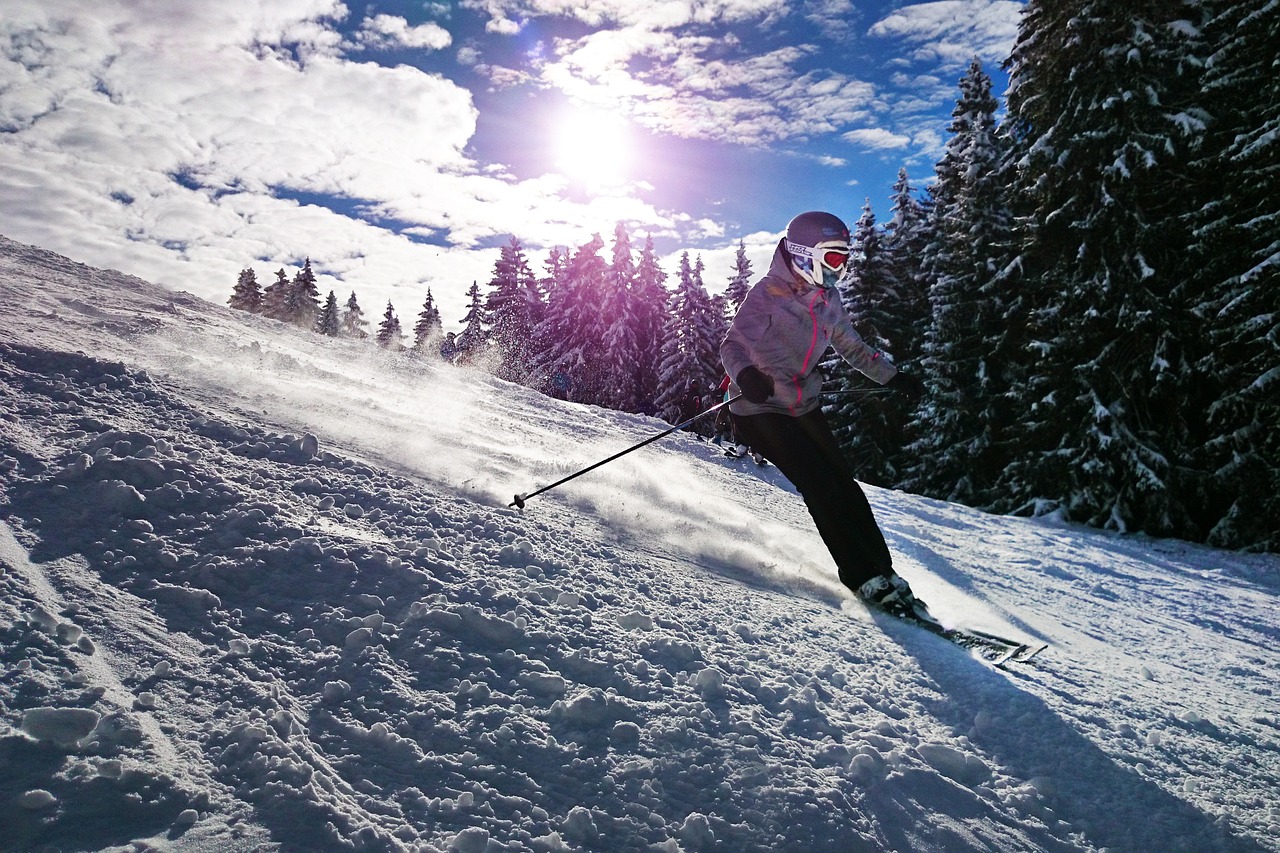
Cross-Country Skiing Techniques
Cross-country skiing techniques are essential for mastering this winter sport and enjoying it to the fullest. One of the fundamental techniques in cross-country skiing is the diagonal stride, which involves pushing off with one ski while gliding forward on the other. This technique requires coordination and balance to maintain a steady rhythm.
Another important technique is double poling, where both poles are used simultaneously to propel the skier forward. This technique is great for gaining speed on flat terrain and improving upper body strength. Proper timing and coordination are key to executing the double poling technique effectively.
When skiing downhill or navigating steep sections, the snowplow technique comes in handy. By forming a V-shape with the skis and applying pressure to the inside edges, skiers can control their speed and descent safely. It's crucial to maintain balance and control while using the snowplow technique to avoid accidents.
Additionally, mastering the kick turn technique is essential for making sharp turns and maneuvering around obstacles on the trail. This technique involves lifting one ski and rotating it while shifting body weight to change direction smoothly. Practice and proper weight distribution are key to executing kick turns effectively.
Overall, practicing and honing these techniques will not only improve your performance on the trails but also enhance your overall cross-country skiing experience. Remember to start with the basics, focus on proper form, and gradually challenge yourself to become a more skilled and confident skier.
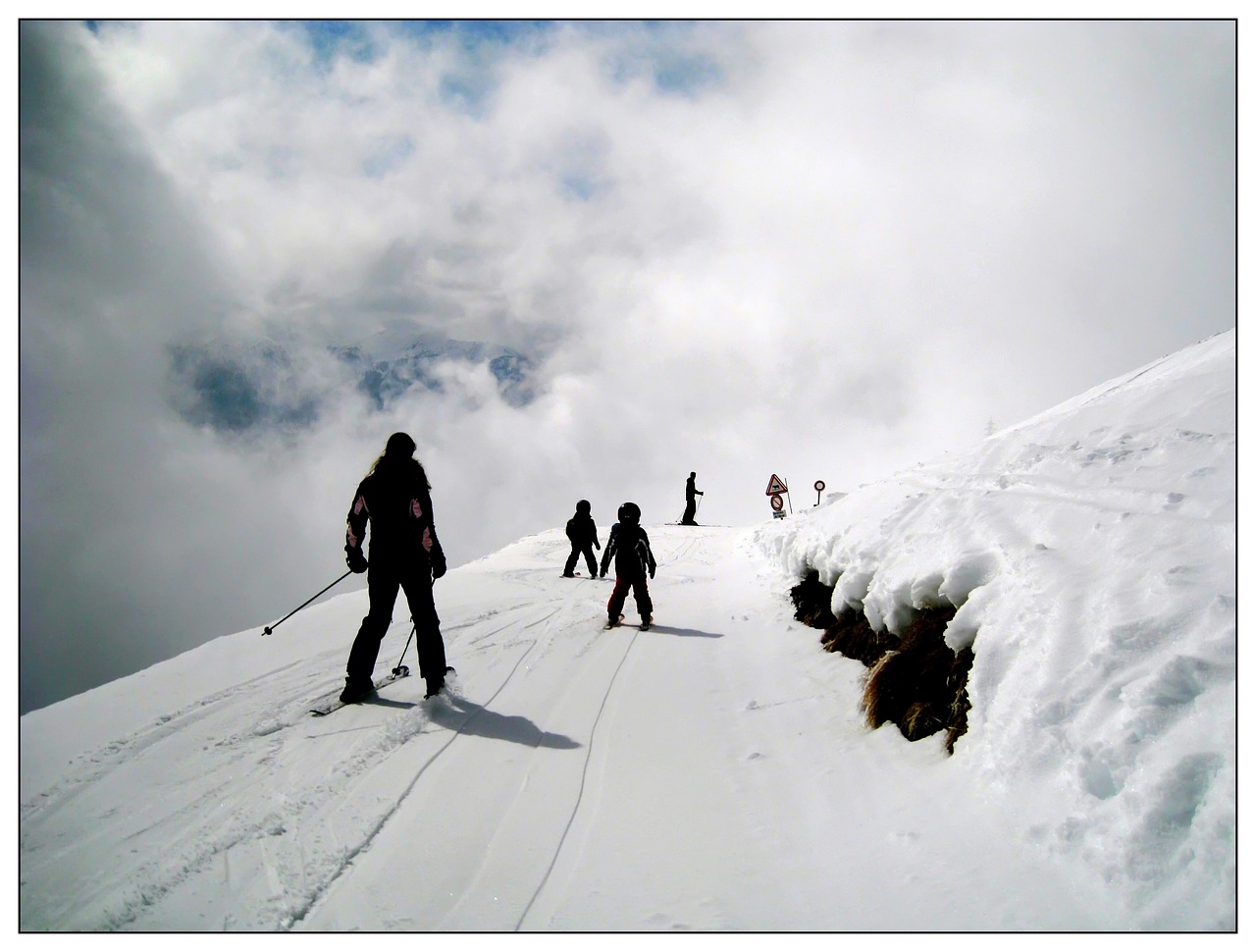
Safety Tips for Cross-Country Skiing
When embarking on a cross-country skiing adventure in Yellowstone National Park, safety should always be a top priority. The snowy terrain and unpredictable weather conditions require careful preparation and awareness to ensure a safe and enjoyable experience. Here are some essential safety tips to keep in mind:
First and foremost, dressing in layers is crucial for staying warm and comfortable during your ski outing. The temperature can vary significantly throughout the day, so having the ability to add or remove layers as needed is essential. A moisture-wicking base layer, insulating mid-layer, and waterproof outer layer are recommended to protect against cold and moisture.
Hydration is key when engaging in physical activities like cross-country skiing. Even in cold weather, it's important to stay hydrated to maintain energy levels and prevent dehydration. Be sure to bring a water bottle or hydration pack with you on the trails and take regular breaks to rehydrate.
Checking the weather forecast before heading out is essential for planning your ski trip and avoiding unexpected weather-related hazards. Sudden changes in weather conditions can impact visibility, trail conditions, and overall safety. Be prepared for inclement weather by packing additional gear such as a waterproof jacket, gloves, and a hat.
When skiing in Yellowstone, it's important to be aware of your surroundings and stay on designated trails to avoid getting lost or encountering hazardous terrain. Familiarize yourself with trail maps and markers to navigate the park safely. Additionally, informing someone of your planned route and expected return time is a good precaution in case of emergencies.
Lastly, knowing how to prevent injuries and respond to emergencies is crucial for a safe skiing experience. Take the time to learn basic first aid skills and carry a first aid kit with you on the trails. In case of an injury or emergency, stay calm, assess the situation, and seek help if needed.
By following these safety tips and being prepared for the unexpected, you can enjoy the beauty of Yellowstone's winter landscape while staying safe and secure during your cross-country skiing adventure.
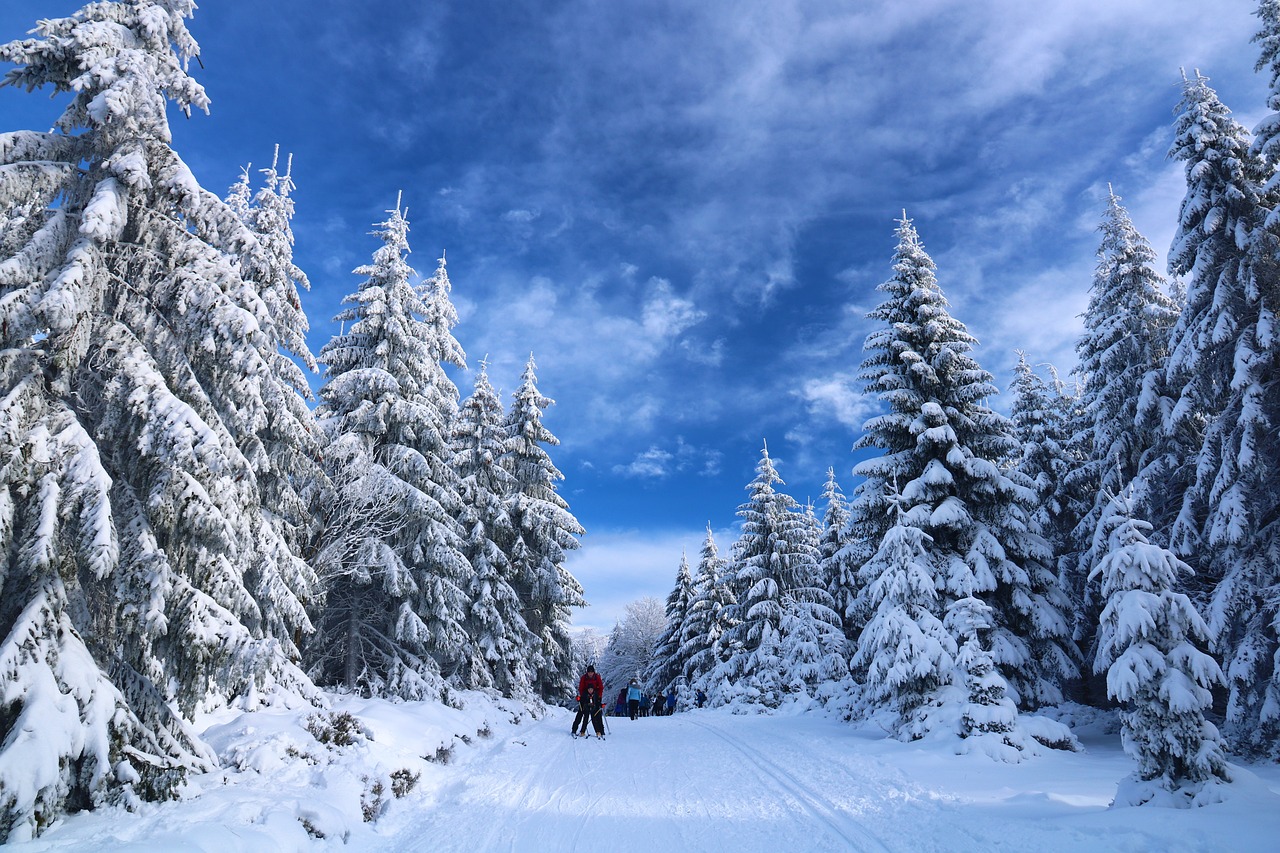
Cross-Country Skiing for Beginners
Are you new to cross-country skiing and eager to hit the trails? Embarking on this snowy adventure can be both exciting and challenging for beginners. As you start your journey into the world of cross-country skiing, it's essential to equip yourself with the right knowledge and gear to ensure a smooth and enjoyable experience. Let's dive into some helpful tips and advice tailored specifically for beginners like you.
First and foremost, when beginning your cross-country skiing journey, it's crucial to start with the basics. Focus on mastering the fundamental techniques such as the diagonal stride, which is the most common and efficient way of propelling yourself forward on skis. Practice your balance and coordination to glide smoothly over the snow-covered terrain.
Choosing the right trails is another key aspect for beginners. Opt for well-groomed and beginner-friendly trails that offer gentle slopes and manageable distances. Avoid overly challenging terrains initially to build your confidence and skills gradually. Remember, it's not a race; enjoy the journey and take in the stunning winter scenery around you.
Proper gear is essential for a successful cross-country skiing experience. Invest in comfortable and well-fitting ski boots, lightweight skis, and poles that suit your height and skill level. Dress in layers to regulate your body temperature and stay comfortable throughout your adventure. Don't forget essentials like gloves, hats, and sunglasses to protect yourself from the cold and sun glare.
As a beginner, it's normal to feel a bit overwhelmed at first. Take your time to practice and improve your technique with each outing. Consider taking lessons from experienced instructors to refine your skills and learn advanced techniques. Joining a cross-country skiing group or club can also provide valuable support and camaraderie as you progress on your skiing journey.
Lastly, always prioritize safety on the trails. Be aware of your surroundings, follow trail etiquette, and respect other skiers. Stay hydrated, pack snacks for energy, and carry a basic first aid kit in case of emergencies. Enjoy the peaceful and invigorating experience of cross-country skiing while staying safe and mindful of your surroundings.
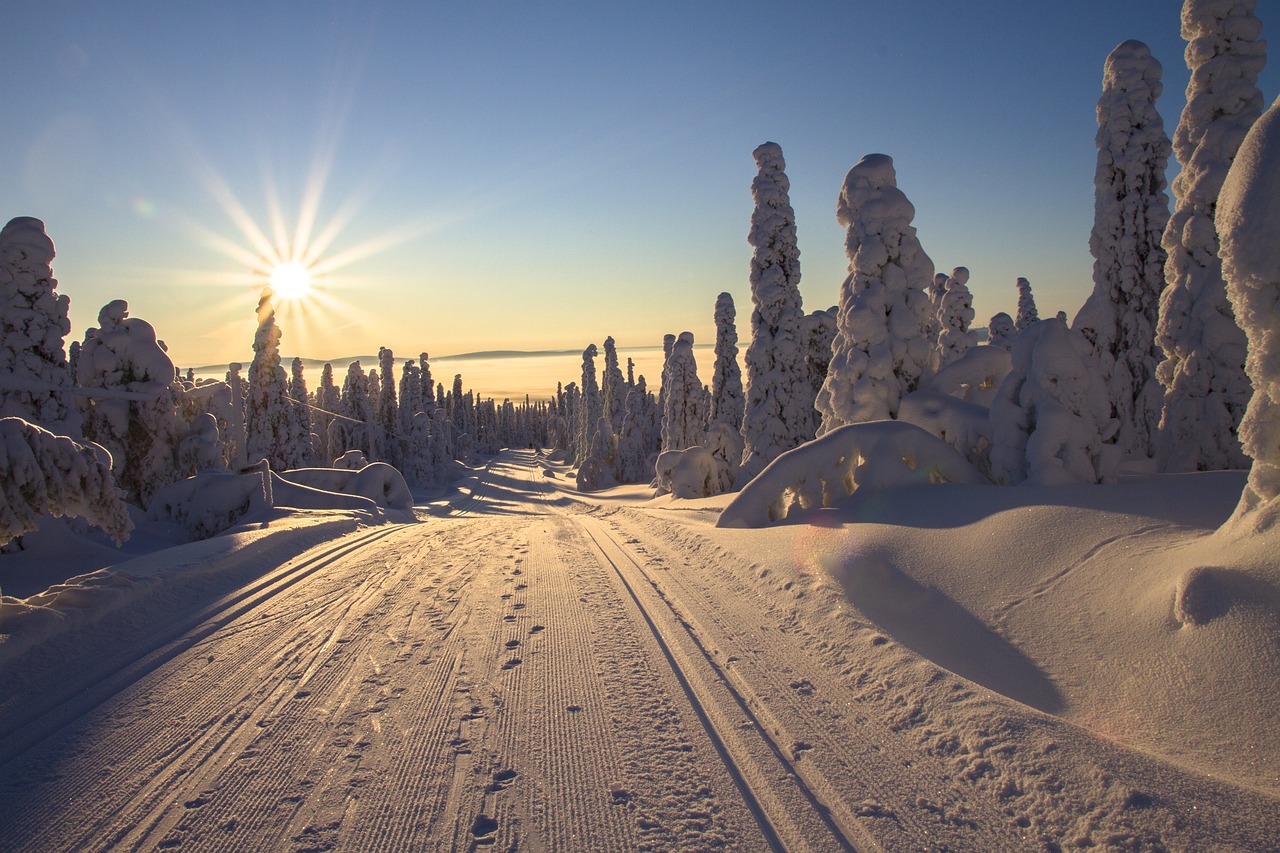
Cross-Country Skiing Etiquette
When hitting the trails for a thrilling cross-country skiing adventure in Yellowstone National Park, it's crucial to adhere to proper . Just like any outdoor activity, there are unspoken rules and norms that ensure a harmonious experience for all skiers. By understanding and following these guidelines, you can contribute to a safe and enjoyable environment for everyone sharing the trails.
One of the fundamental aspects of is yielding to other skiers. When approaching a slower skier or a group, it's courteous to yield the right of way and pass them safely. This not only promotes a smooth flow of traffic on the trails but also shows respect for fellow skiers.
Another essential rule to remember is staying on designated paths. Straying off the marked trails can disrupt the natural surroundings, damage vegetation, and disturb wildlife habitats. By sticking to the established routes, you help preserve the pristine beauty of Yellowstone's winter landscape for future generations to enjoy.
Respecting nature is a core principle of . Avoid littering or leaving any trace of your presence on the trails. Pack out all trash, be mindful of wildlife, and refrain from disturbing the environment. By treading lightly and leaving no impact, you contribute to the conservation of Yellowstone's delicate ecosystem.
Additionally, being aware of your surroundings is crucial for a safe and enjoyable skiing experience. Keep an eye out for trail signs, obstacles, and other skiers to prevent accidents and ensure smooth navigation. By staying alert and responsive to changing conditions, you can avoid potential hazards and emergencies on the trails.
Lastly, practicing common courtesy towards fellow skiers and park visitors is key to upholding . Greet others with a friendly smile, offer assistance when needed, and maintain a positive attitude on the trails. By fostering a sense of community and camaraderie, you contribute to a welcoming and inclusive atmosphere in Yellowstone's winter wonderland.
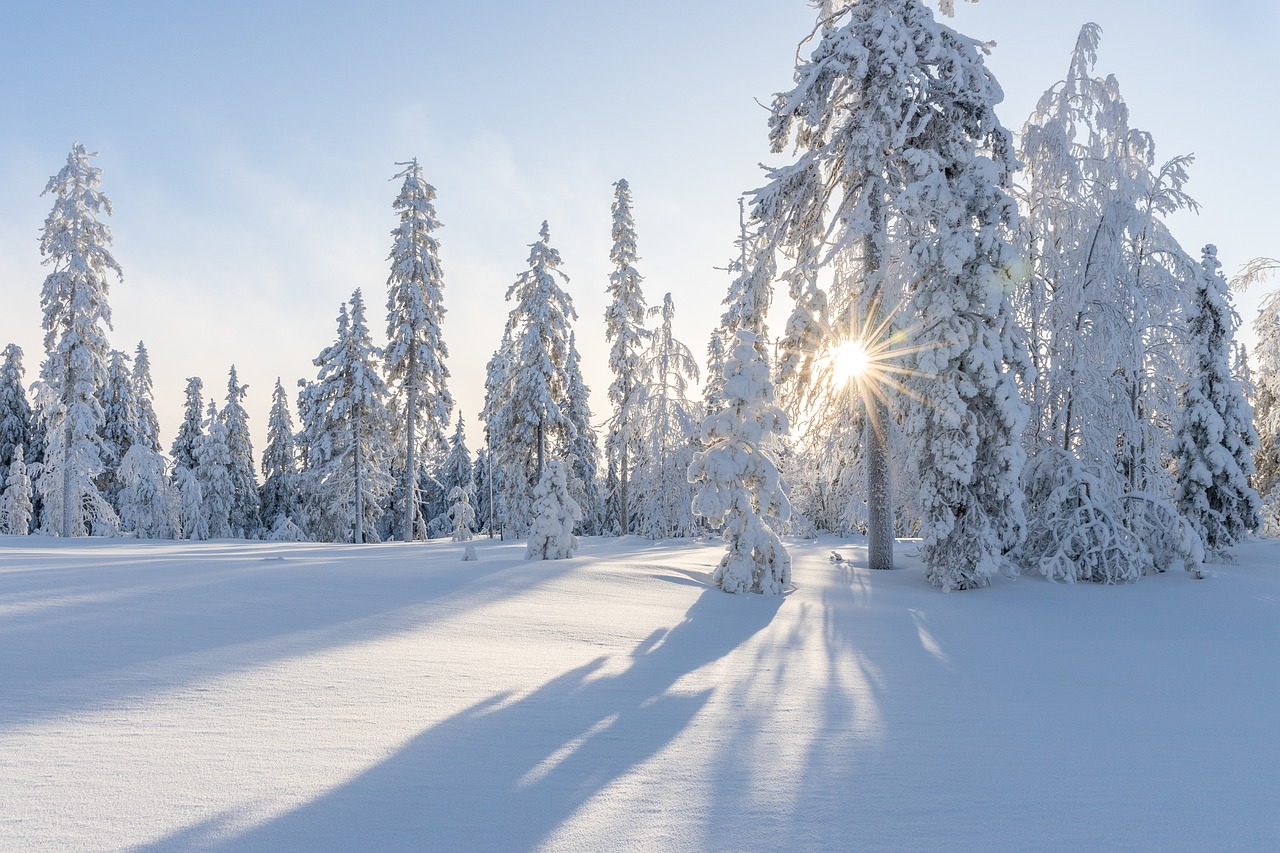
Exploring Yellowstone's Winter Wonderland
Exploring Yellowstone's Winter Wonderland is a truly magical experience that allows visitors to immerse themselves in the park's stunning beauty during the colder months. As you glide through the snowy terrain on your cross-country skis, you'll be surrounded by a winter wonderland unlike any other. The glistening snow-covered landscape, the peaceful silence interrupted only by the soft swoosh of your skis, and the chance to witness wildlife in their natural habitat all contribute to a sense of awe and wonder.
One of the highlights of cross-country skiing in Yellowstone during winter is the opportunity to explore the park's geothermal features in a unique way. As you ski past steaming geysers, bubbling hot springs, and vibrant thermal pools, you'll feel like you're in a winter fairy tale. The contrast between the snowy surroundings and the colorful geothermal features creates a surreal and unforgettable experience.
Furthermore, winter is a quieter time in Yellowstone, with fewer crowds and a sense of solitude that enhances the beauty of the park. The crisp mountain air, the snow-capped peaks in the distance, and the chance to witness the park's iconic landmarks in a new light make cross-country skiing in Yellowstone a truly special adventure.
Whether you're a seasoned skier or a beginner looking to try something new, exploring Yellowstone's winter wonderland on cross-country skis is an experience that will stay with you forever. So bundle up, grab your gear, and get ready to embark on an unforgettable journey through one of America's most treasured national parks.
Frequently Asked Questions
- What are the benefits of cross-country skiing?
Cross-country skiing offers a wide range of benefits, including improved cardiovascular fitness, muscle strength, and stress relief. It is a fantastic way to stay active during the winter months while enjoying the beauty of nature.
- What gear do I need for cross-country skiing?
Essential gear for cross-country skiing includes skis, poles, boots, and appropriate clothing. It is important to choose equipment that suits your skill level and the terrain conditions to ensure a comfortable and enjoyable skiing experience.
- What are some safety tips for cross-country skiing?
Stay safe on the trails by dressing in layers, staying hydrated, and being aware of weather conditions. It is also crucial to know how to prevent injuries and handle emergencies while skiing in Yellowstone National Park.
- How can beginners start cross-country skiing?
Beginners can start cross-country skiing by taking lessons, choosing suitable trails, and gradually building their skills. It is important to practice basic techniques and etiquette to ensure a positive and rewarding skiing experience.
- What is the etiquette for cross-country skiing?
Cross-country skiing etiquette includes yielding to other skiers, staying on designated paths, and respecting nature. By following these guidelines, skiers can contribute to a safe and enjoyable environment for all in Yellowstone National Park.



















